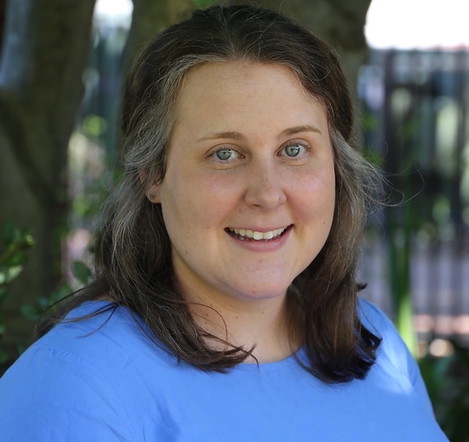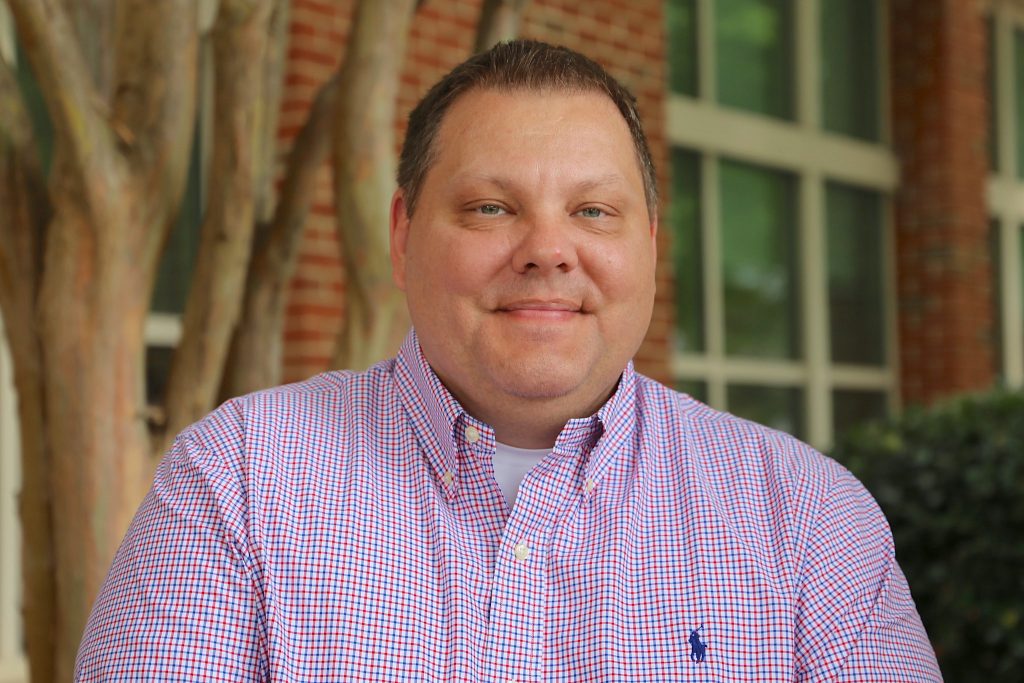A June 10 virtual conference that the Digital Accessibility Office co-organized drew more than 300 attendees from across the country and internationally.
The inaugural Getting Started with Digital Accessibility Conference was deemed a success based on attendance, event offerings, and attendees’ level of interest and insights.

Comprehension grows
“Those of us behind the scenes on the planning committee could see a real progression in the information shared by speakers and the types of questions attendees asked,” said Sarah Arnold, Digital Accessibility Consultant at the UNC-Chapel Hill Digital Accessibility Office. “We could tell they were taking the information to heart and really working to understand how to apply it into their daily work.”
Counting all the people who registered, the level of interest in digital accessibility was even higher. Some 611 people from 137 different universities and institutions, including 125 from UNC-Chapel Hill, registered. When conferences are online and free, though, a large percentage of people over commit and don’t tune in. But the conference did initially attract their attention.
Regardless, the conference drew 304 attendees, with an average of 195 people per session.
Focused on accessibility basics
The Digital Accessibility Office (DAO), a unit of ITS, organized the conference with Wake Forest University and Davidson-Davie Community College. The event was open to everyone in higher education in North Carolina — staff, faculty and students.
The conference focus on accessibility basics “was to “get ‘em in the car first before taking the road trip,” said Darrin Evans, Director of the Wake Tech Virtual Learning Center.
Judy Risch, Co-Lead for the National Digital Access Team with the U.S. Department of Education’s Office for Civil Rights, kicked off the conference with a subtle push to attendees that digital accessibility isn’t optional. It’s the law. And her biggest takeaway for everyone: no more scanning documents!
Why is scanning an issue? Too many faculty members scan articles and documents to share with their students. These scans don’t include the meaningful structure and layout like documents created from scratch, said Brad Held, the DAO’s Head of Digital Accessibility. Scans are often not searchable or selectable. This makes it difficult for students to read the content, especially those using assistive technology.

‘Equal and fair chance’
The presentation on accessible documents by Heather Backus and Matt Sauthoff from Appalachian State University’s Office of Disability Resources included a profound quote from one of their students: “Accessibility changes my experience by not only allowing me to further my education but makes me feel equal to my sighted peers. Every person no matter race, sexual orientation, or disability should have an equal and fair chance to achieve whatever goals they may have in life.”
During his presentation, Wake Tech’s Evans said, “Imagine going on an elevator, pressing a button and not being sure where the elevator would stop, and you had to get off. [This is a] similar experience for someone using a screen reader if a link says, ‘click here.’ They have no idea if that link will take them to relevant information, download a document, or open a YouTube video of cats.”
It’s important to make information clear for all users no matter how they use or interact with our digital content, he said.
Another conference next year
Organizers are already thinking about the next conference.
“We plan to organize another conference next year hosted by the North Carolina Higher Education Digital Accessibility Collaborative. Wake Forest University will be our host school,” Arnold said. “The planning committee met to discuss lessons learned and feedback on our evaluation survey. We hope to offer more advanced topics, concurrent sessions, and optional in-person watch parties.”
